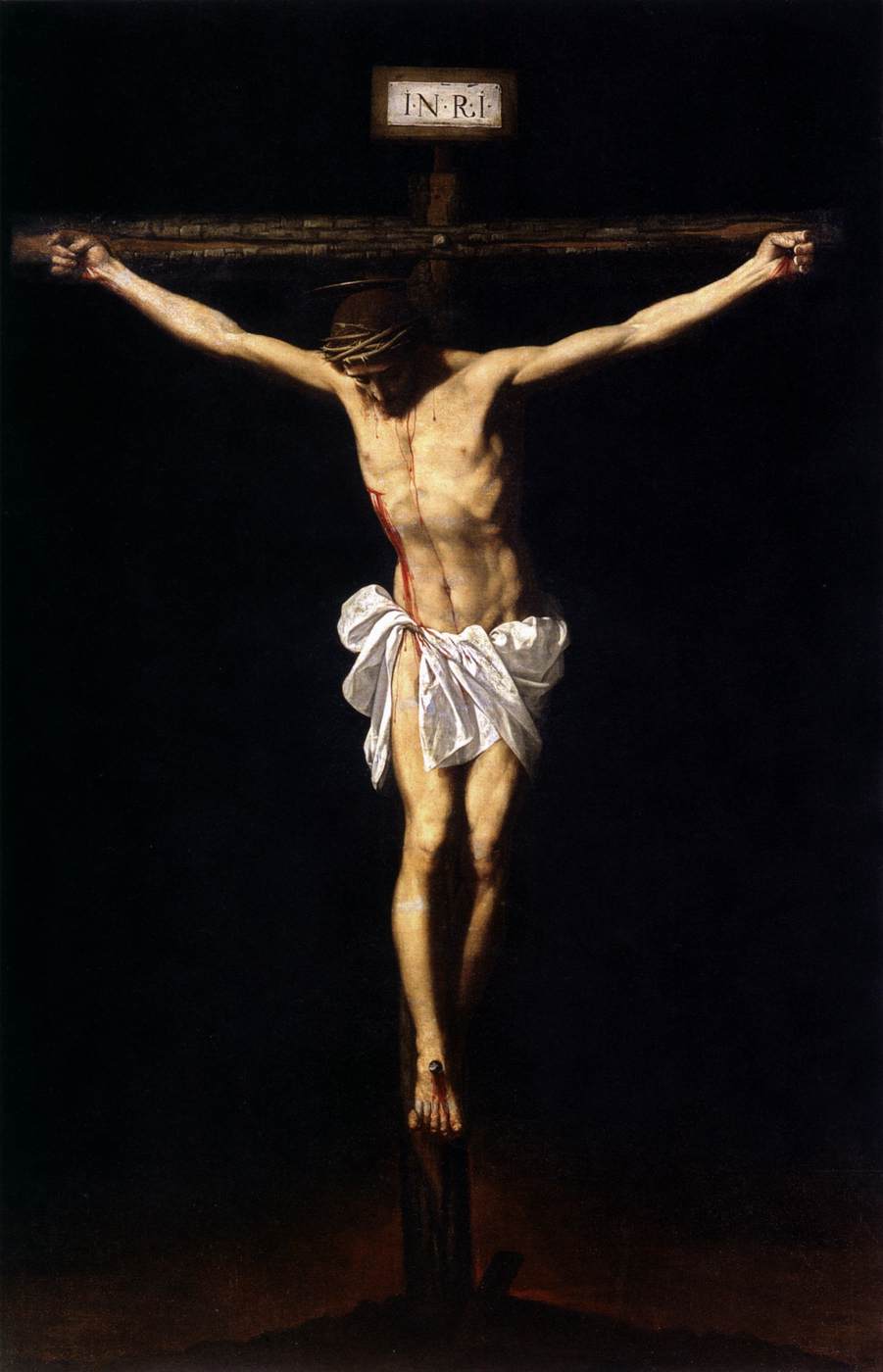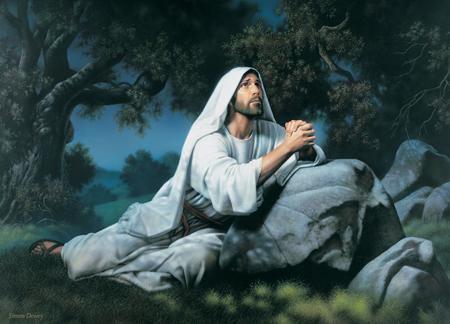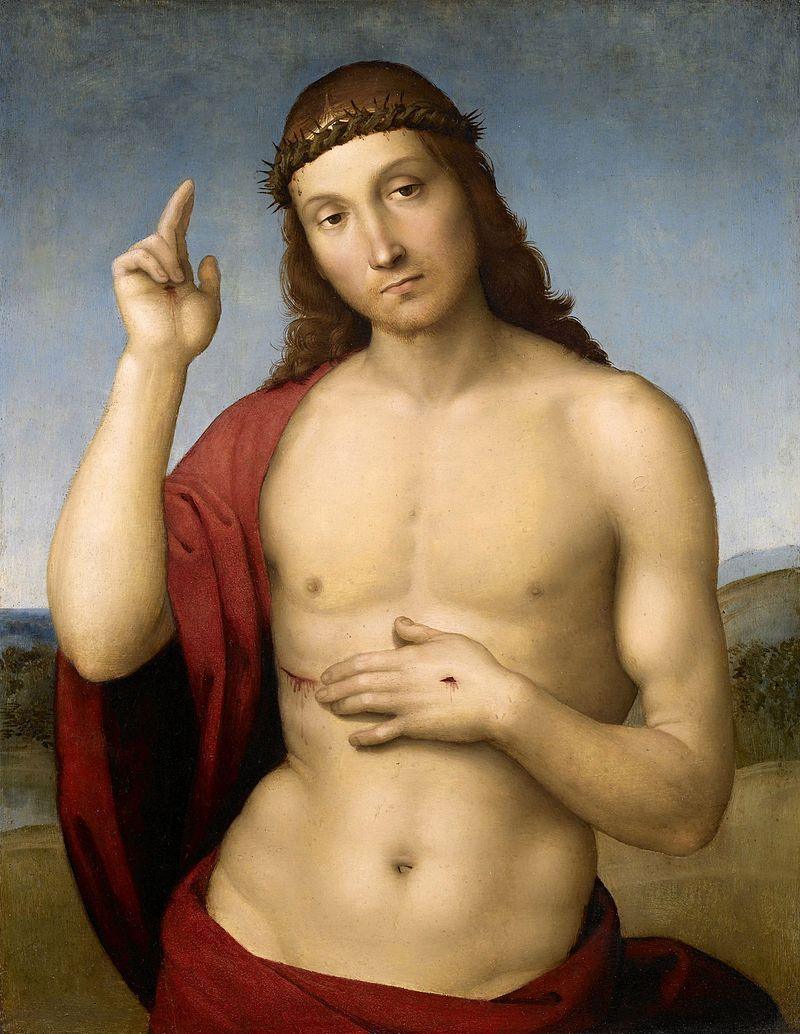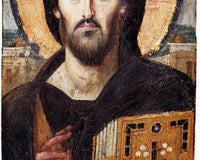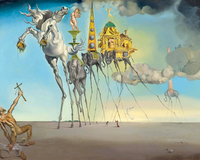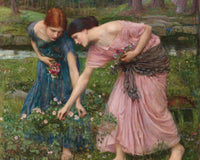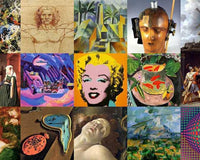The Red Vineyard - Vincent Van Gogh
Kuadros pays tribute to this fantastic painting that we have as a legacy from the great master Vincent Van Gogh.
The artist once wrote: Art expresses the profound relationship of humanity with the world.
He was the same genius who suffered from a mental illness, which included depressive and psychotic episodes, with possible bipolar disorder.
That today he is considered one of the most wonderful and beloved artists of all time is just a partial anecdote of his universe.
His talent was so impressive as a painter that he significantly changed the course of modern art. He never received recognition in his life and committed suicide at the age of 37 thinking he was a failure, due to his poor mental health, but despite that, his art transcended for all time.
In his last years while living in Arles, in the south of France (1888), he managed to produce wonderful art, and while it reflected his ongoing mental conflicts, it is undeniable that it also offered a very different way of representing the world.
He not only painted but also wrote titles such as: “To act well in this world, men must abandon all selfish goals... Man is not on this earth just to be happy; he is there to be honest, he is there to achieve great things for humanity," all this at just 22 years of age. Art historian Herbert Read considered this commitment to be honest as an unbreakable rule in his life.
His genius managed to reach or discover a mode of self-expression. His drive was always oriented toward seeking the strength of form, the purity of color, a new contact with reality. It is a set of traits and feelings that compose the rare vitality of his art.
It is not the language of painters, but the language of nature that one must listen to; the feeling for things themselves, for reality, is more important than the feeling for paintings.
His bold use of colors and expressive brushstrokes were components that defined his communication with the world. But it was that strange feeling that attracted him to everyday life, to ordinary people, that may explain why his art is so captivating.
Undoubtedly, wine was very important to Vincent in his life, as it was like his energizer in his arduous work rhythm. According to an excerpt from a letter where he suggests he drank too much: “Every day I take the remedy that the incomparable Dickens prescribes against suicide. It consists of a glass of wine, a piece of bread with cheese and a pipe of tobacco.”
This passion for wine may also have influenced this, one of his best works, The Red Vineyard.
A special legend of Vincent Van Gogh makes this painting a legendary work. This painting forms the story of the only sale that Van Gogh made in his entire life.

The story as such is true; what is not real is the assertion that it was only one. The truth is that Van Gogh sold at least two paintings, in addition to some drawings.
That does not change anything about his life: "What matters is that he sold very little," says curator Richard Kendall, who wrote the essay for the main catalog of the successful exhibition "Van Gogh's Van Goghs" shown a few years ago at the National Gallery of Art in Washington.
The origin of this magnificent work begins with a simple comment the artist makes in a letter to his friend, the painter Eugene Boch, about his plans to paint The Red Vineyard:
"Ah, well, I have to go work in the vineyard, near Montmajour." Everything is purple-yellow-green under the blue sky, a beautiful pattern of colors."
Arles, the French city that inspired Van Gogh, was where he worked intensively, painted most of his most beautiful works, and wrote his clearest and deepest pages.
But there was one place that captivated Van Gogh's soul; this place was a vineyard whose colors changed to autumn reds and yellows depending on the hour. Van Gogh decided to capture this place, and in the painting, he manages to capture these vibrant colors and also reproduces the distinctive light of the Provencal afternoon sun, shining on the river and radiating the resplendent landscape, with majestic technique.
The bright rays illuminate the workers who are bent over picking the ripe grapes that seem to merge with the vineyard. They all seem to actively participate in the harvest in a direct relationship with the land that reflects the rhythms of agricultural work.
On October 23, 1888, the painter Gauguin, after many invitations made long before, accepts to go to Arles to the Yellow House to live with Van Gogh and spend some time there.
In November of that same year, they dedicated themselves to drinking and working together. When the weather was not favorable and joked that Gauguin had brought the rain, they painted from memory, or tête. After a walk one Sunday night, when they had been living together for 13 days, Vincent began to paint The Red Vineyard.
Van Gogh is known as a painter who always used the technique of painting what was in front of him; Vincent claimed: "I always do my work in one place." Interestingly, this painting, The Red Vineyard was painted entirely from memory.
In a paragraph of a letter that the painter Gauguin wrote to Van Gogh's brother, Theo, he says: "I have made an image from the memory of a poor unfortunate really haunted in the middle of a red vineyard, and your brother, who is very generous, thinks it's good."
In November, Van Gogh decides to write to his brother Theo and tells him about a painting by Gauguin, which he had painted from memory, and it was about women in a vineyard, and also that he was painting his own vineyard: "A red vineyard, all red like red wine. In the distance, it turned yellow, and then a green sky with the sun, the land after the rain violet, shining here and there where it caught the reflection of the setting sun."
It is very evident that this pair of painters worked together during that time with a close relationship; they even shared the same rough canvas of silicon that Gauguin had brought from home. The dimensions of the red vineyard are 75 by 93 centimeters, a standard model, used many times before by the artist in his other paintings.
In the painting, Van Gogh shows us very rustic winemaking practices: a flat vineyard, oriented to the north, planted with vast goblet-shaped vines; horse-drawn carts; wooden baskets; hand harvesting; and women harvesters.
The days seemed short, and Van Gogh had less time to capture this moment. This image should represent a day in the life of the painter, one of those days when Van Gogh worked outdoors during the early afternoon hours while the sunlight reflected on the river and ran along the side of the vineyard.
The yellow sky is a novelty in the landscapes Van Gogh painted of Arles, as he almost always painted them a bright blue. In The Red Vineyard, the dominant colors are red and yellow; in this painting, we can see how Vincent is capable of disregarding the established laws of contrasting color theory. Moreover, the influence of Impressionism cannot be denied when he uses pure color or individual brushstrokes of pointillism.
We can also appreciate the well-known impasto technique of Van Gogh, in enormous splotches of still wet paint. The unsigned canvas indicates the state of uncertainty that was occurring at that moment.
At Van Gogh's request, his brother Theo van Gogh dispatched six paintings to Brussels, with the aim of exhibiting them in an exhibition of a group of painters called XX or Vingtistes, in which Cézanne was also a part.
Anna Boch bought "The Red Vineyard" for 400 francs. She herself was a painter and the sister of the poet Eugene Boch, a friend of Van Gogh. Eugene visited Van Gogh in Arles in 1888, and Van Gogh painted his portrait. Subsequently, the painting was acquired by Sergei Shchukin, a Russian collector, nationalized by the Bolsheviks, and later passed to the Pushkin State Museum of Fine Arts in Moscow.
Van Gogh found it difficult to relate to society, and we are talking about his own family as well as friends; he was a very tormented being and struggled to maintain his place in the world. His talent was not recognized at the time and remained unknown throughout his life.
That is why The Red Vineyard represents so much for us, the only painting he sold, one of his most expressive, most powerful paintings, which offers us a pleasurable aesthetic experience for our eyes and mind. This work is so impressive that it can make people find life and reconnect with the natural world.
“I want to reach the point where people say of my work, that man feels deeply and that man feels subtly.”
The famous art critic and writer John Berger wrote these lines about Van Gogh: "For him, the act of drawing or painting was a way of discovering and demonstrating why he loved so intensely what he was looking at."
KUADROS ©, a famous painting on your wall.


